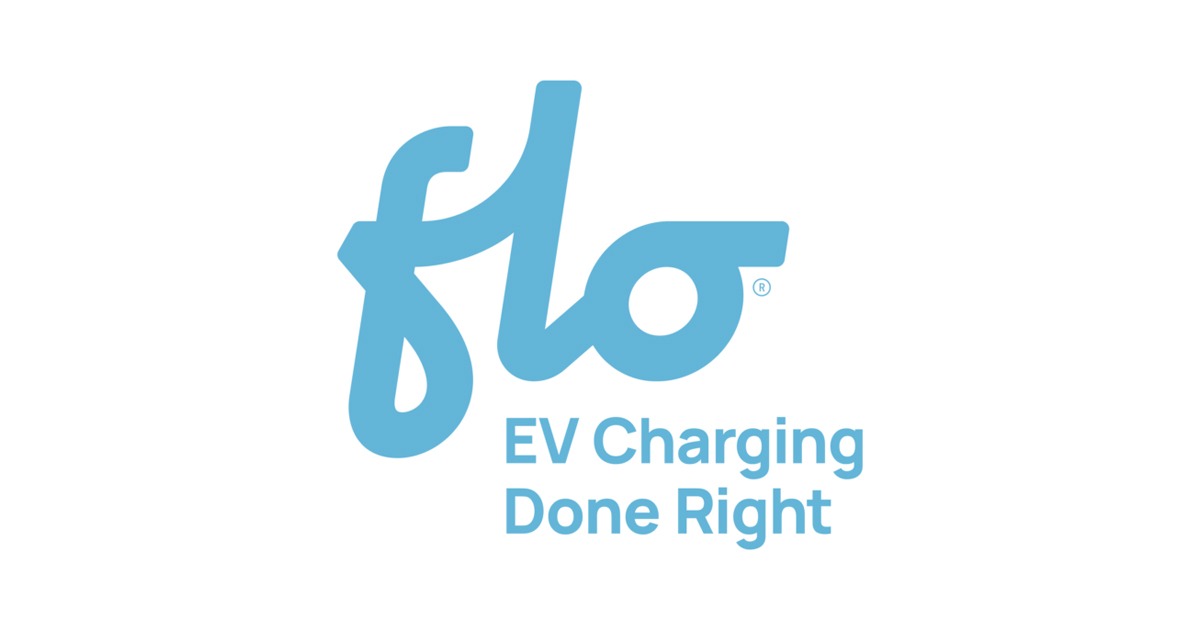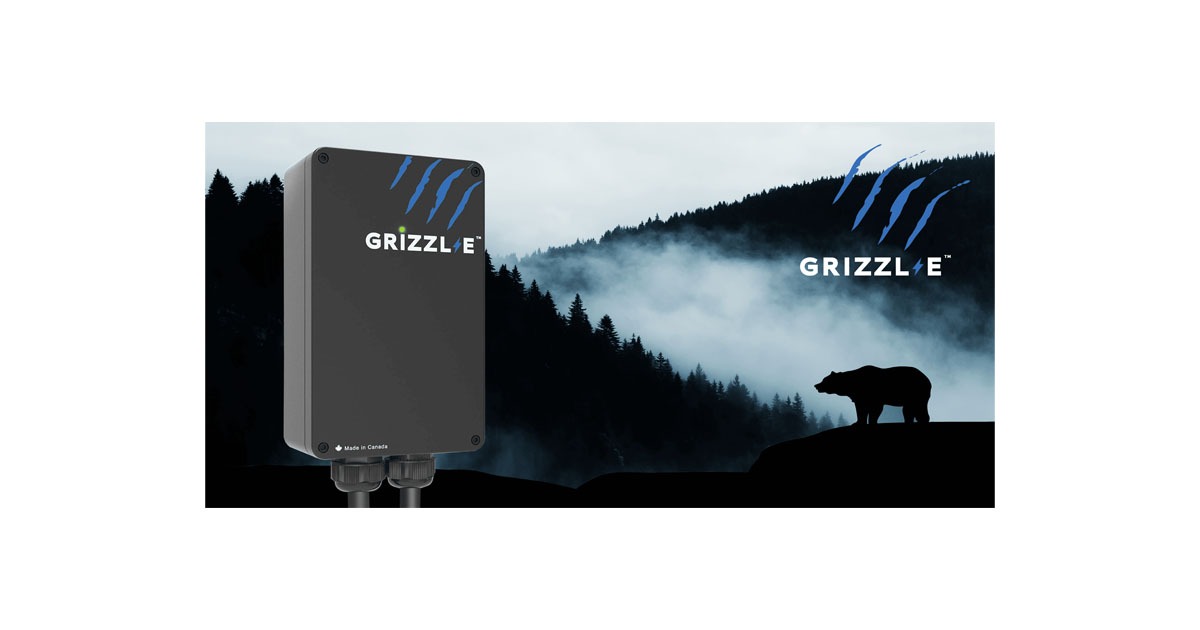Outdoor Home EV Charger Enclosure Ratings Decoded

August 22, 2024
As electric vehicles (EVs) continue to surge in popularity, many EV owners find themselves parking outdoors, either due to no access to a garage, a lack of garage space or other practical reasons. Surprisingly, in the US, over 33% of households with garages don’t use them for parking their vehicles. This shift presents a unique challenge: ensuring smooth and safe home EV charging outdoors.
One of the top considerations in this scenario is going to be your new favorite term: enclosure rating. This refers to how well the outside “enclosure” of a station protects against environmental elements and which type of environment a charger should be used in. By understanding the ratings, you will be able to decode which EV charger is best for you and your unique environment to help ensure a seamless charging experience, regardless of where you park your EV.
Read more: Level 1 vs Level 2 EV Chargers: Which Charger Fits Your EV Lifestyle
When it comes to setting up an EV charger outdoors, many homeowners face a common but often overlooked challenge: understanding enclosure ratings. Manufacturers often label their products with ratings like ‘3R’ or ‘4X’, but what do these numbers mean?
Without proper explanation, these ratings can seem like a complex puzzle. They are crucial in determining how well the charger will perform and last in various outdoor conditions. We’ll demystify these ratings, making it easier for you to choose the right enclosure for your outdoor EV charging needs, providing a reliable charging experience.
Decoding the Ratings
There are a lot of enclosure rating systems out there, such as NEMA (National Electrical Manufacturers Association), UL (Underwriters Laboratories), IP (Ingress Protection), and CSA (Canadian Standards Association) – however, NEMA Enclosures is the most commonly used enclosures rating system for EV chargers in North America. These systems are crucial for outdoor EV chargers, as they dictate how well the enclosure protects against environmental elements. When searching for an outdoor EV charger enclosure, you will likely run across the following 4 ratings which we’ve summarized in a chart based on the technical details from NEMA ratings:
| Type 3R | Type 3 | Type 4 | Type 4X | |
| Designed for both indoor and outdoor use | X | X | X | X |
| Offers protection against falling dirt, rain, sleet, snow, and external ice formation | X | X | X | X |
| Protects against windblown dust, lint and fibers | X | X | X | |
| Protects against hose-directed water | X | X | ||
| Suitable for areas where the charger may come into more direct water contact | X | X | ||
| Resists corrosion | X | |||
| Suitable for harsh environments and coastal areas where saltwater or salty air can be a concern | X |
Best rating for outdoor EV charging
So, what rating do you really need? Well, it depends on where you live and where you might be placing your EV charger. For example, you might live in a place where windblown dust is not a major concern, but the charger might be located where it will be taking a direct hit from your sprinklers each morning. You would likely want at least a type 4 rating, but would want to consider all the elements that could impact your charger.
For the overall best weatherproofing protection, a type 4X enclosure is recommended for outdoor installations, as it will offer you the most peace of mind. One of the reasons a 4X enclosure may be better suited than a type 4 enclosure is because of corrosion resistance, which most people ignore. Many people believe that if they don’t live directly on the coast, they will be safe from salty air. But, salty air can cause damage or salt deposits hundreds of miles inland!
When choosing an outdoor charger, it’s important to consider both functionality and aesthetics, as it becomes a part of your exterior design. After enduring months of sweltering summers and harsh winters, you need a charger that can withstand any weather to charge your electric car but also want it to still look nice and blend into your house’s design. That’s where the new FLO Home charger comes in. It’s designed not only for durability with a type 4X rating, but also to integrate beautifully with your outdoor aesthetics.
Read more: How do I choose a home EV charger?
Choosing the right enclosure rating for your outdoor EV charger is crucial. It ensures that your charger is not only safe, but also durable against the elements it will face. Understanding these enclosure rating types will help you make an informed decision for your outdoor EV charging needs.




